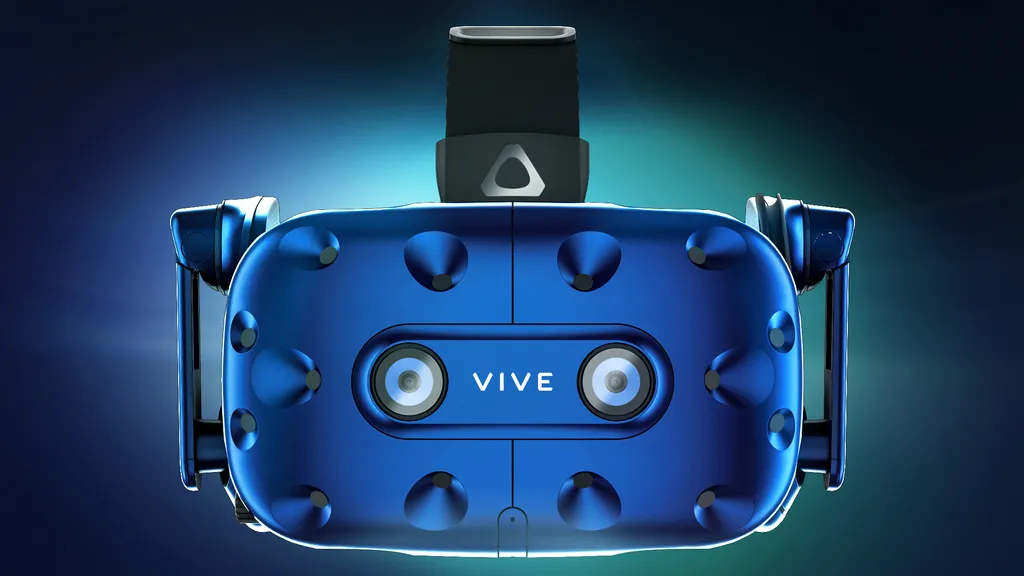HTC just released its software development kit for the front-facing cameras on the Vive Pro. The new update should help turn the device into the kind of augmented reality developer kit Magic Leap is distributing quietly in small numbers.
Magic Leap is raising billions of dollars for a a see-through AR headset that is hard to get access to as a developer, with digital images few can even see without signing a non-disclosure agreement. HTC is very different. The HTC Vive Pro is a high-quality VR headset shipping today in an $1,100 package, and you’ll need to bring your own high-end PC to power it. Unlike Magic Leap, though, Vive Pro is available for purchase immediately. It uses an opaque display with outward-facing cameras that can show you the world outside the headset while collecting information about the environment to merge both realities.
Here’s an example from Project Ghost Studios, which worked on the feature with HTC as an early partner.
This means you have some choice if you’re a developer looking to build software for headsets that mix a digital reality with the real world. You can sign up for the Magic Leap SDK and try to get your hands on hard-to-get hardware from the company while swearing yourself to secrecy. Or you can think about getting a product like the Zed Mini or Vive Pro to more quickly and openly explore your ideas.
With the latest tools HTC just released, creators can use depth and spatial mapping to do things like “Placing virtual objects in the foreground or background” and “Live interactions with virtual objects and simple hand interactions.”
“We have the option to map the environment (its part of the SDK), but since our game is so simple, we found that only using the game space with a flat surface works fine,” wrote Gaspar Ferreiro, president of Project Ghost Studios, about the example provided above.
Here are some more examples:
The tools are available as an early testing release on the Vive developer site.


























